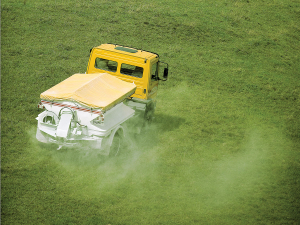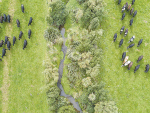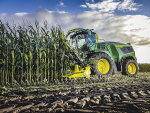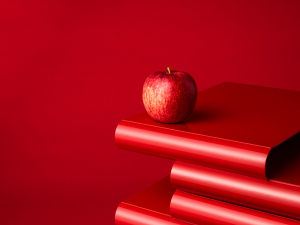India plans to double its budgeted 2021-22 fertiliser subsidies to a record of more than 1.55 trillion rupees (US$20.64 billion) for the fiscal year ended March 31, to avoid potential shortages amid a sharp increase in global prices of chemicals, fertiliser and fuels.
India, a large-scale importer of urea, is also a major buyer of diammonium phosphate (DAP) needed to power a huge agriculture sector which employs about 60% of the country’s workforce and accounts for 15% of the US$2.7 trillion economy.
For many years India has capped the price of urea at 5,360 rupees (US$71.36) per tonne, while global market prices have surged to around $990/tonne. India imports about 30% of the estimated 35 million tonnes of urea it consumes annually.
According to government data, urea prices surged by an annual 144% in October to US$690/tonne, while DAP prices rose by 84.3% on delivered basis to US$682/tonne.
India does not control prices of DAP but raises the subsidy to keep an indirect check on retail prices.
Subsidies are delivered via the government providing financial support to companies such as National Fertilizer Ltd, Madras Fertiliser Ltd, Rashtriya Chemical & Fertilisers Ltd, Chamabal Fertilisers & Chemicals Ltd that all sell fertilisers at below-market rates.
Globally, fertiliser prices have risen about 200% over the past year following record price rises for source ingredients coal and natural gas, alongside new export restrictions on fertilisers by China and Russia.
Government sources suggest that India imports an average 60% of the 10-12 million tonnes of its annual DAP consumption, with around 40% of this volume coming from China.
Large volumes are already being delayed because of the export restrictions, so the government is enhancing the subsidy to fertiliser importers.
One source says, “We have asked some NPK manufacturers to switch to production of DAP,” adding the fertiliser ministry has also augmented supplies to the districts with low stocks on a priority basis.
However, farmers in India have complained about difficulties in getting DAP, noting that demand rises during October and November, the peak season for planting wintersown cereal crops like wheat.











